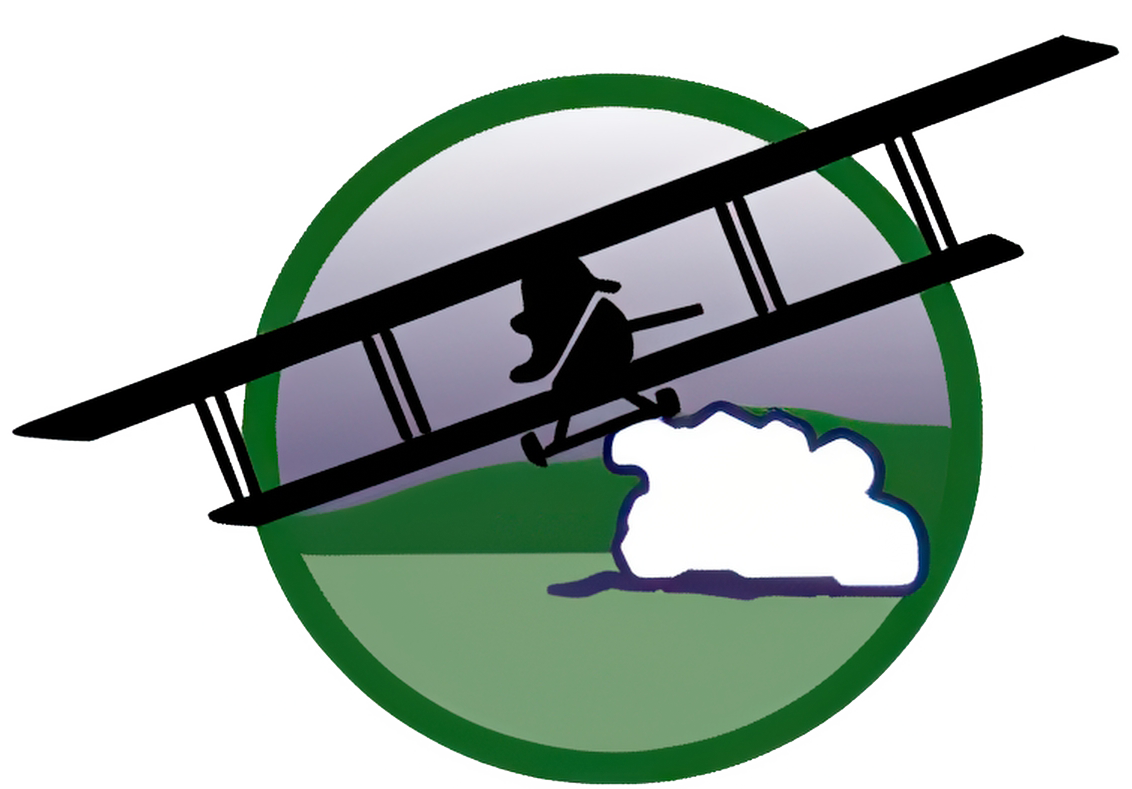John L. Goodwin — National Agricultural Aviation Hall of Fame
Introduction
John L. Goodwin is celebrated as both a technological pioneer and an enduring leader in agricultural aviation. Born in England and immigrating to the United States in 1964, John epitomizes how vision, ingenuity, and work ethic can change the fabric of an entire industry. From his earliest days picking fruit to pay for flying lessons, to spearheading the adoption of GPS in ag aviation, Goodwin has embodied perseverance, innovation, and practical leadership.
Major Achievements and Contributions
- Pioneering GPS in Ag Aviation: In the mid-1980s, as the industry mulled over the feasibility of using satellite signals for guidance—with early estimates as high as $100,000 per aircraft—the prospect seemed distant. Against this backdrop, John foresaw the immense potential, assembling a team of scientists and pursuing the technology doggedly. On July 16, 1991, he made history by flying the world’s first GPS-guided spraying mission without the need for flags or flaggers, ushering in a new era of accuracy and efficiency that reshaped agricultural aviation worldwide. Today, GPS is almost standard equipment on all aerial application aircraft thanks in large part to his efforts.
- Entrepreneurial Journey: After arriving in America, John picked fruit in California to fund his flight training, earning his pilot’s license in 1965. Following a period as a flight instructor, he took up crop dusting and, more than 17,000 flight hours later, still loves flying ag planes. His career has spanned both hands-on operation and business leadership, with over 500 pilots, flaggers, PhDs, and aviation professionals working under his direction across 27 years of managing aerial application businesses.
- Champion of Innovation: John invested not just money but also boundless energy and creative thought into supporting and developing new technologies. Among his many inventions, the closed can-opener system for chemical transfer—now used around the world—stands out as a testament to his practical problem-solving. His experiments with novel concepts such as pre-oxygenated rapid-germination seed promise to revolutionize planting and harvest timelines. New spray-control systems, drift prediction, improved nozzles, and even advanced aircraft designs have all emerged from his fertile mind.
- Mentorship and Leadership: Throughout his career, John has prioritized mentorship—shaping generations of agricultural aviators and engineers. His ability to blend technical advancement with thoughtful leadership has helped his teams, and the broader industry, thrive.
Recognitions
- Industry Trailblazer: Goodwin’s foresight in bringing GPS from a distant dream to an industry standard has been publicly honored by peers and professional organizations. His closed can-opener system and contributions to drift prediction, nozzle design, and operational management continue to shape day-to-day ag aviation.
- Respected Employer and Innovator: With more than 500 aviation professionals mentored or employed by John, his impact is measurable not only in technology but in people, teams, and businesses he has strengthened and inspired.
- Global Influence: Many of John’s inventions and systems are found in service around the globe—a testament to the breadth of his impact.
Conclusion and Legacy
For his tireless pursuit and realization of GPS technology in agricultural aviation, for investing in people and innovations, for solving problems large and small, and for anticipating the future needs of aerial applicators, John L. Goodwin is recognized as a true industry pathfinder. His dedication to progress is equaled only by his work ethic and humility. Through his visionary leadership, the application of science to practice, and his nurturing of new generations in ag aviation, Goodwin’s legacy is one that will endure wherever precision, productivity, and stewardship are valued.

